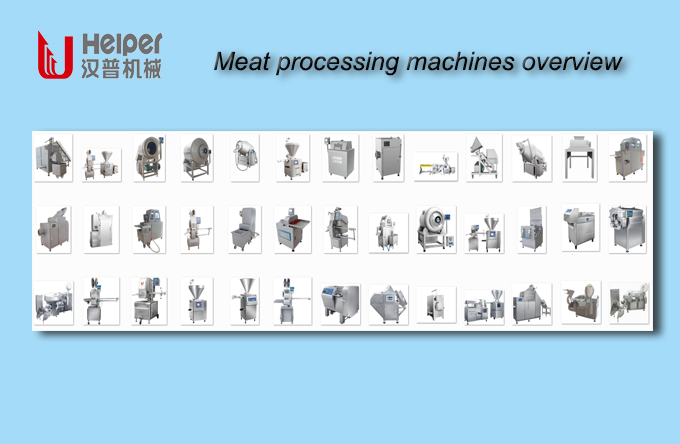Add some special encryption formula to the ink to distinguish it from ordinary ink. According to the different additives and detection methods in inks, security inks can be divided into: fluorescent inks, infrared inks, temperature-induced variable inks, photochromic inks, and copy-proof inks.
1. UV fluorescent ink
Depending on whether the ink itself is color or not, it is divided into two types: colored fluorescent ink and colorless fluorescent ink. The former is printed with the naked eye and the latter is invisible, but both need to show fluorescence under ultraviolet irradiation. Since ultraviolet light has long wavelengths and short wavelengths, fluorescent inks are also different. Currently, there are many applications of long-wave UV inks. Fluorescent ink production process has strict requirements, some of the poor quality of fluorescent ink in the market to compete cheaply, anti-counterfeit performance is very poor, often corrupted the reputation of fluorescent ink, should pay attention to the purchase.
2. Sunlight-induced color change ink
Under the sunlight, it can emit visible light (400 ~ 800nm) security ink.
3. Infrared security ink
Infrared-absorbing material is added to the ink. Since the infrared ink absorbs infrared light, such as the use of such an ink in a certain part of the print, there is no reaction under sunlight, but under the irradiation of infrared light, the corresponding signal or dark image can be observed.
4. Photochromic ink
A photochromic or light-activated compound is added to the ink. The graphic printed with this ink has a color under white light; it becomes red, blue, or yellow under the irradiation of ultraviolet rays, and when it is irradiated with white light, the cost is restored, and the process is reversible.
5. Thermal security ink
When heated, liquid crystals or thermochromic compounds added to the ink cause changes in physiochemical structure and discoloration. After discoloration, some can be reversed; some are irreversible. The temperature is generally set between 40°C and 100°C. It can be detected by using a finger or lighted cigarette butt or hot water cup.
6. Pressure sensitive security ink
Add the microcapsules containing the color-changing substances and the corresponding chemical reagents to the ink. Images printed with this ink are visible and invisible, and change in color when rubbed with a nail or a hard object. Red, blue, black, green, purple, yellow, and other colors may be developed depending on the design. The color is no longer restored, indicating that the logo is enabled and the item has been sold.
7. Magnetic security ink
The magnetic substance is added to the ink. The magnetic image can be detected by a magnetic detector using the ink printed image. With its printed password and other information, it can be read by the decoder. Because magnetic materials are easily available, they are also susceptible to wear and tear, affecting their use.
8. Optical Variable Security Ink (OVI)
A tiny multi-layer coating is added to the ink, and the printed image presents different colors when viewed from different viewing angles. Copying is distorted. Some countries have used them in currency or passports. The “100†number in the lower right corner of the new version of the hundred-dollar bill is printed with this type of ink and is green when viewed perpendicular to the face; it is black when viewed at an angle of 20 degrees from the face of the bill. Some Japanese yens also use this technology. The denomination number “100†of the fifth set of RMB hundred-dollar renminbi (1999 edition) in China’s front left is green when viewed perpendicular to the face of the ticket, and blue when viewed from a certain angle.
9. Anti-flood security ink
There are special compounds in the ink, and these compounds react with color in the case of erasers or other correction fluids. The uppercase column of the amount of cheques printed with this ink will change color or appear as "waste" in the event of a correction fluid.
10. Chemical Encryption Ink
Adding special chemical reagents or other substances to the ink's formula will print invisible images that are invisible to the naked eye. When they are identified, they will show invisible images or produce fluorescence when they are coated with the appropriate reagents.
11. Multiple encryption ink
The above-mentioned several kinds of anti-counterfeiting methods are used in an ink, increasing the difficulty of imitation, in order to improve the anti-counterfeiting performance.
12. Anti-counterfeiting ink and ink pad
Sealed ink or ink pad is also an ink, so its anti-counterfeiting method can be modeled on the above items. Some people are studying the use of ultraviolet, infrared, X-ray and other invisible fluorescent compounds, photoelectric conversion materials, special chemical substances, animal or plant DNA, monoclonal antibodies, specific antigens and other substances to create a new type of anti-counterfeiting ink or ink pad. More difficult to copy. Seals stamped with this kind of ink have the same appearance as ordinary seals, but they have special effects when detected by the corresponding method. Such as using ultraviolet rays to spur seals stamped with anti-counterfeit inks, bright fluorescence appears under ultraviolet irradiation.
As one of the earliest enterprises specializing in meat food processing machinery, Helper Group integrates research and development, production, sales and service in the modern management system. Our company has now set up scores of equipment used in the field of meat processing such as frozen meat breaker series, meat block grinder series, chopper and mixer series, saline injector series, tumbling machine series, smoke oven series, filling machine series, sausage linker series, clips tying machine series etc.We also provide sausage lines,vacuum sausage filler,vacuum stuffer.

Sausage Separator Series,Chopper And Mixer Series,Clipping System Solutions,Sausage Lines,Vacuum Sausage Filler,Vacuum Stuffer
Helper Machinery Group Co., Ltd. , https://www.helperfoodequip.com
